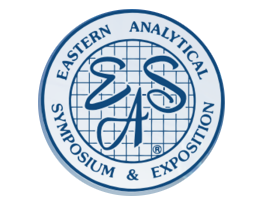
Professor Lewis E. Kay is a molecular biophysicist recognized for his work in the development and application of solution nuclear magnetic resonance spectroscopy. Kay is particularly well known for his studies of biomolecular dynamics and for his work exploring the role of dynamics in the function and misfunction of the molecular machines of the cell. He is a Professor of Molecular Genetics, Biochemistry, and Chemistry at the University of Toronto and a Senior Scientist at the Hospital for Sick Children. Kay grew up in Edmonton, Alberta at about the same time as his beloved Edmonton Oilers were winning Stanley Cups. He received his B.Sc. in Biochemistry from the University of Alberta in 1983 and his Ph.D. in Biophysics from Yale University in 1988, pursuant to which he spent three years as a postdoctoral fellow in Chemical Physics at the NIH. Professor Kay is a fellow of the Royal Societies of Canada and London.
Research Interests
Research in the Kay laboratory focuses on the development of NMR techniques for studying macromolecular structure, dynamics and function and on the application of NMR spectroscopy and other biophysical methods to problems of biological and clinical importance. In particular, the research is focused on studies of molecular machines, including the proteasome as well as other protein machines involved in cellular homeostasis. The work builds on methodological developments by his laboratory that facilitate studies of protein complexes in the mega-Dalton molecular weight range. A second major focus involves studies of “invisible” states of biomolecular conformers. Here his laboratory develops the framework to study sparsely populated, transiently formed ‘invisible’ conformations of biomolecules that are implicated in function and in disease. The methodology is applied to a wide spectrum of protein systems. A third area of interest is focussed on atomic resolution studies of phase separation using recently developed NMR experiments.
